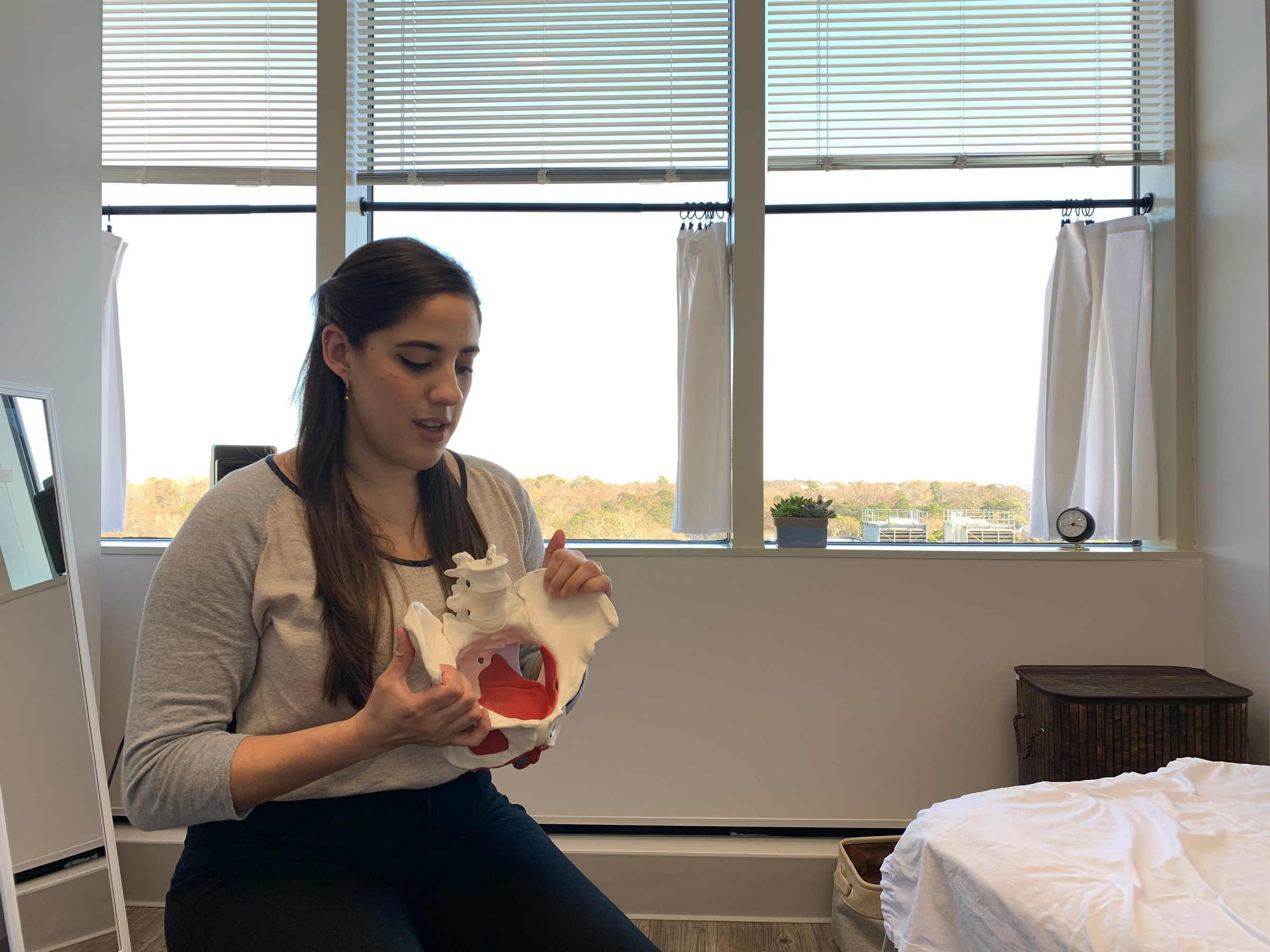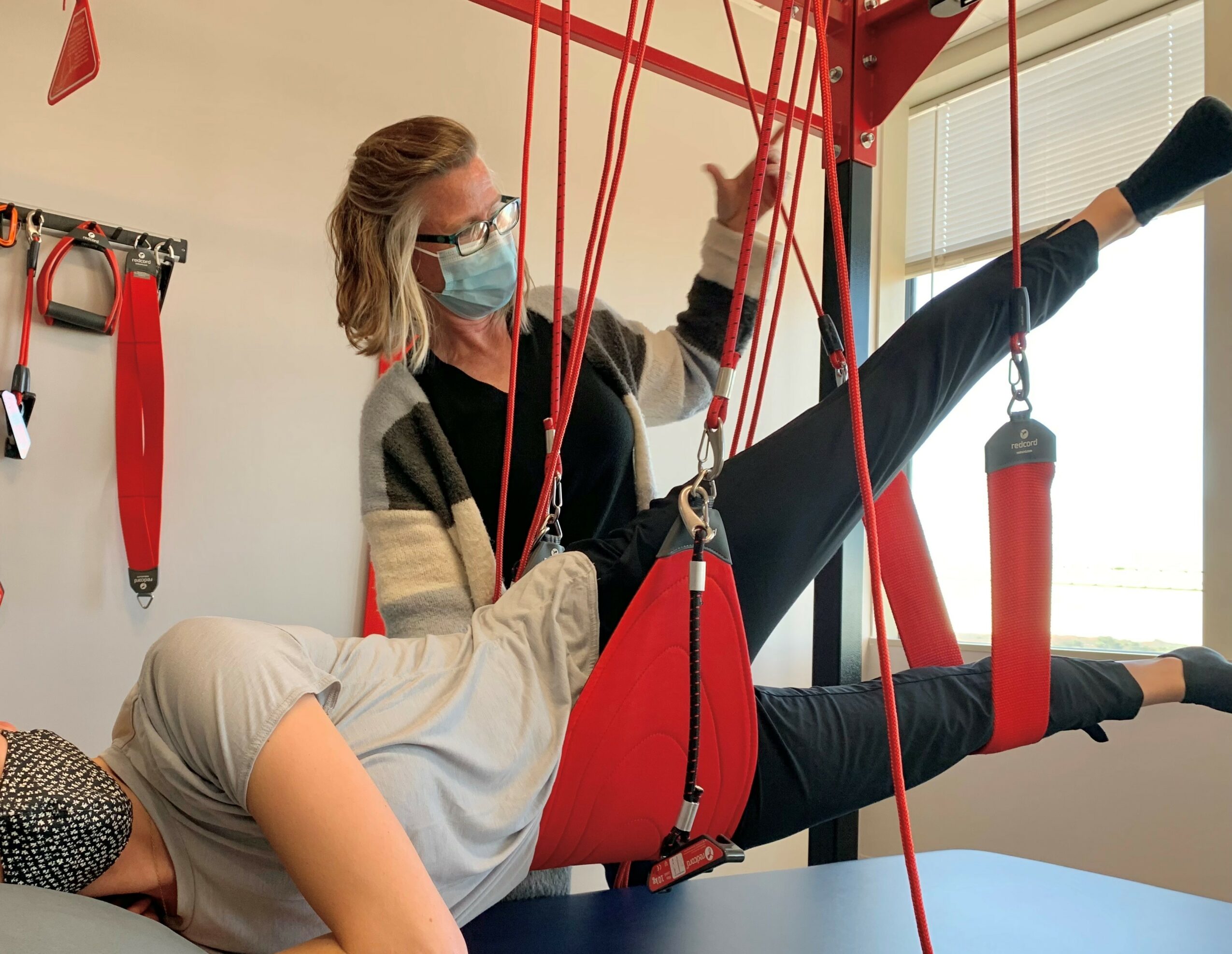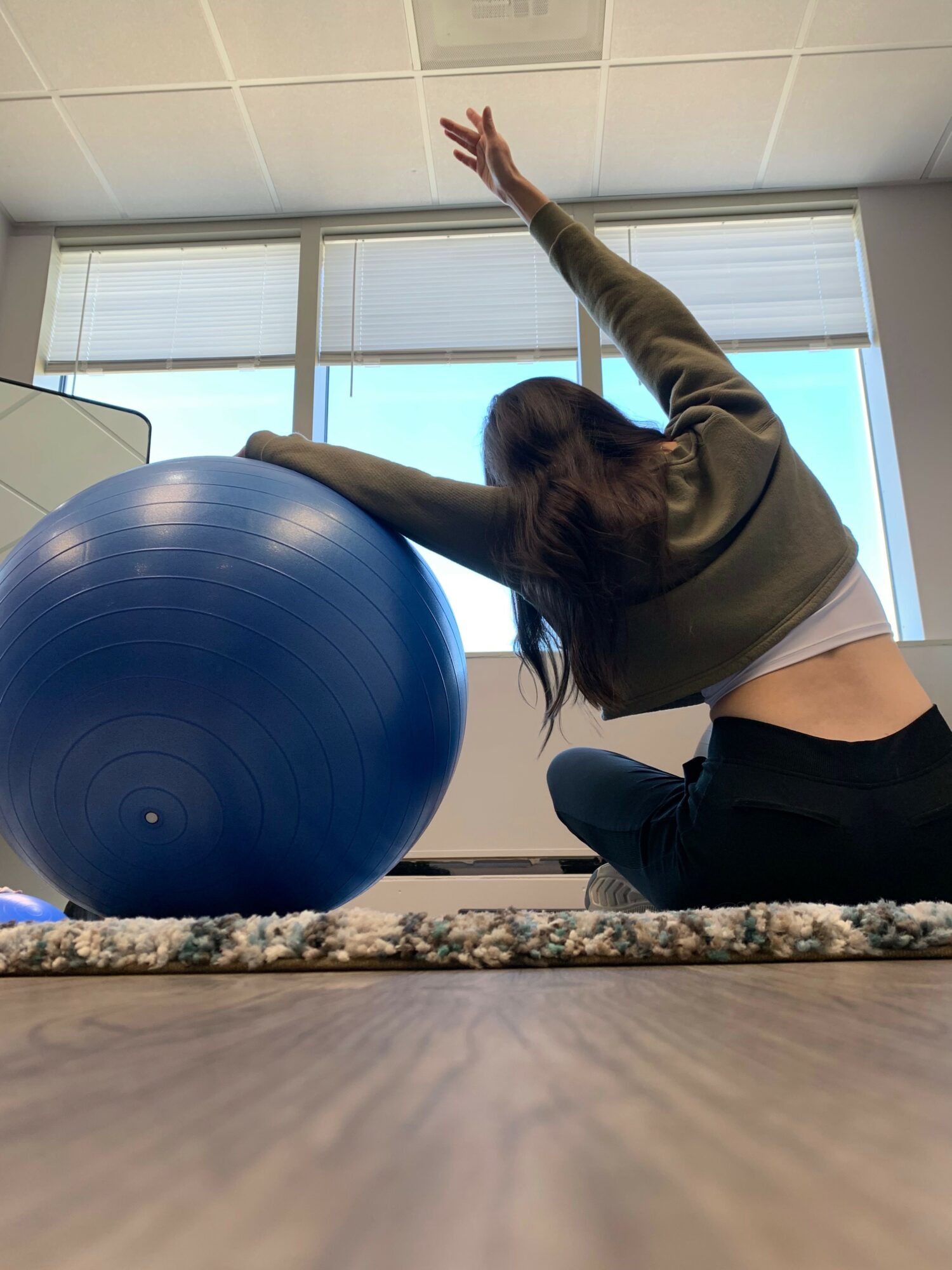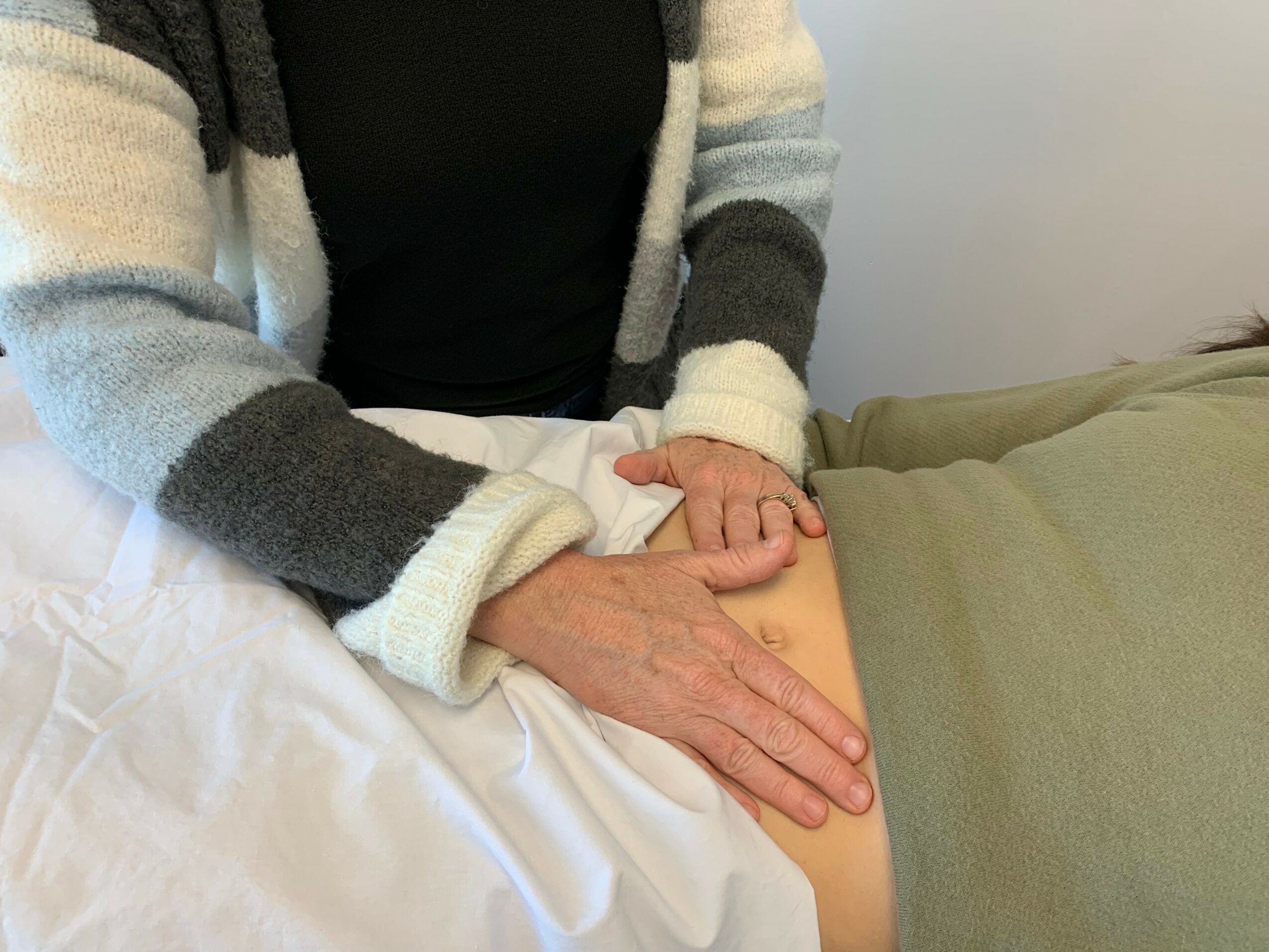
Today we’d like to introduce you to Elizabeth Kemper.
Hi Elizabeth, can you start by introducing yourself? We’d love to learn more about how you got to where you are today?
I have a superpower, but not one most people would want.
At any kind of gathering, I can get everyone’s interest AND totally shut down conversation at the exact same time. All I have to do is tell them what I do. Seems not everyone is as into talking pelvic health as I am – you know, all the P’s….pee, poop, procreation, pain… But since everyone has a pelvis, lots of people have things they want to talk about – just later, in private, where no one else will hear. And I’m more than happy to listen and discuss whenever they’re ready.
I get it. I’ve been there myself. I’ve gone through many pelvic-related issues too: period pain during teen years, pregnancy-related SI joint pain, childbirth trauma, menopause-related issues, constipation, pelvic pain, incontinence, prolapse and hip pain (luckily, not all at the same time)! And I know I’m not alone in this. Talking about pelvic dysfunction is not an easy thing. Some of it I was lucky enough to know what I needed. Other times, not so much. And many of my doctors did not know either. Finding the right sources to help me led in part to my current role as pelvic PT specialist.
Pelvic physical therapy is not a career you just stumble into – and that is certainly not my story either. I started out like most physical therapists working in a hospital and then an outpatient clinic, treating the more commonly known issues of low back pain, shoulder injuries, post-operative recovery, etc.
The exciting part for me started a few years later when one of my coworkers started treating pelvic issues. She was having positive effects with some clients when the rest of us couldn’t. That inspired me to get trained in pelvic health as well. And once I started, I was hooked. There is such a need and so much is neglected in the traditional medical model in regards to pelvic health for all genders.
I’ve loved the learning process over the years – I actually really enjoy the continuing education component! I return from every conference, course and training session with enthusiasm of improved ways to help my clients. When I went through grad school 25 years ago, we didn’t really cover pelvic dysfunction. (It’s slowly getting better but still is woefully neglected IMHO.) All of my pelvic training has been post-graduate, including the processes to become dual board-certified.
I feel very lucky to do what I do. When someone entrusts me with such personal matters, I do not take that lightly. It’s a big responsibility and honor to be able to work with every person. My job is twofold: first is to listen, to really hear their individual story. Then my job is to facilitate their recovery path – their return to full movement and function. How cool is that? It’s honestly why I want to continue doing this as long as I can.
We all face challenges, but looking back would you describe it as a relatively smooth road?
I wouldn’t say it’s been a rough road, but it’s not been a straight one! Both the business side and the clinical side have morphed and shifted over the years.
I opened a clinic in NC with a partner in 2001 and we did just about everything wrong – expanded too soon, bought everything new – you name it. That really stretched us thin and made it rough going for a while. (I’m happy to report my former partner is still running that same clinic and doing a MUCH better job than we did in the beginning.)
We moved to Atlanta seven years later, so I went back to working for your typical PT clinic for a while. Our kids were small and the hours were flexible so that worked well for the time being. It came with its own challenges though. Specifically, there were company-driven and insurance-driven limitations on how patients were treated, increasingly so as the years passed. I knew in order to provide the level of care they deserved, I had to move on.
That took me into a few other clinics – still always working for others. I learned a lot from each of those clinics, but there was still always something that just wasn’t right. I decided it was time to finally build what I truly felt would best serve my clients.
Right about then, COVID hit. As it was for so many, the shutdown became a turning point for me. I decided to take the leap and after not seeing clients for two months, I opened the brick-and-mortar Kemper Pelvic Physio in May 2020 – smack dab in the middle of a pandemic. That was a difficult time to start a practice, but it has worked out for the best.
People still need care, pandemic or not. We create a safe, comfortable, private environment with as many safeguards as possible and we’ve been able to safely see people ever since. We’ve moved into our new location in downtown Decatur and brought on another amazing therapist. We feel better positioned than ever to take on the next challenges that come our way!
Thanks – so what else should our readers know about Kemper Pelvic Physiotherapy?
Kemper Pelvic Physio (KPP) provides physical therapy to resolve pelvic-related issues. Note that I don’t say that we are ‘pelvic floor therapists’. We do treat the pelvic floor and specialize in all-things-pelvic, but one of the key features of how we approach therapy is to treat the whole body. So often pelvic symptoms (leakage, pain, etc.) that bring someone into the clinic are only part or not at all the actual cause of the issue. They are just your body’s way of saying “pay attention!” For example, it wasn’t until I learned to address some toe and foot issues that my own hip pain and pelvic issues were able to clear up!
At KPP, we not only address local issues in the pelvis but also get to the root causes of dysfunction. We treat the whole person, not the isolated diagnosis. We do that with thorough and ongoing evaluation combined with a variety of treatments. We use hands-on (manual therapy) techniques, sometimes with dry-needling. We always combine those with instruction in exercise, re-education of the neuro-muscular system, self-care techniques and strategies and education for long-term results.
One of our key tools is Redcord, which we use to support the body with bungee so it can relearn movement patterns in a pain-free manner. At the same time, the element of instability challenges the system – leading to more efficient coordination and strength gains.
We see all genders and all elements of ‘Pelvic Dysfunction’. With a broad range of services, we can help with just about any pelvic symptoms but we are best known for resolving complex issues – especially those related to pelvic pain. Part of our title is “Pelvic Hope and Function” because that’s what we do – provide hope when so many feel there is none. There are always options and always a path. We take that on as part of our patient advocate role to help find relief.
Can you talk to us about how you think about risk?
I tend toward careful deliberation over super-risky behavior. I’m pretty safe overall – I don’t cliff dive or anything. But once I decide on something, then I will make it happen. I suppose opening both businesses were risky propositions in their own ways.
I traveled around the country solo for three months in the 90’s. Note that this was pre-cellphone, pre-email. It was a paper maps, CD’s in the trunk, solo backpacking/hostel version of a road trip. That was probably the most risky thing I’ve done. And as a side note, I did almost pay for it on that trip (altitude sickness is no joke….). It was worth every minute. Some risks really are worth taking.
In pelvic physical therapy, we still have to take risks. We need to try new techniques, consider new options for treatments – go outside of our comfort zone and always be learning and growing. It’s the only way we can be sure we’re giving our clients our best. They deserve it.
But those risks also need to be somewhat calculated, especially when people’s health and well-being is on the line. It’s important to be able to push people into more than they think they can handle or do – as long as we know when to push and when to be conservative. That’s something learned over the years, based in science, clinical expertise and individual consideration. I love to be surprised. I love to see someone expand beyond what they thought was possible and I always shoot for those goals.
Contact Info:
- Email: info@KemperPT.com
- Website: https://kemperpt.com/
- Instagram: @KemperPT
- Twitter: @KemperPT


















